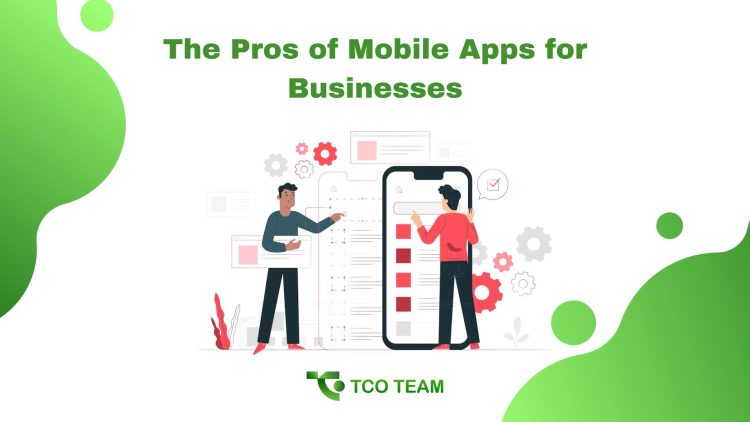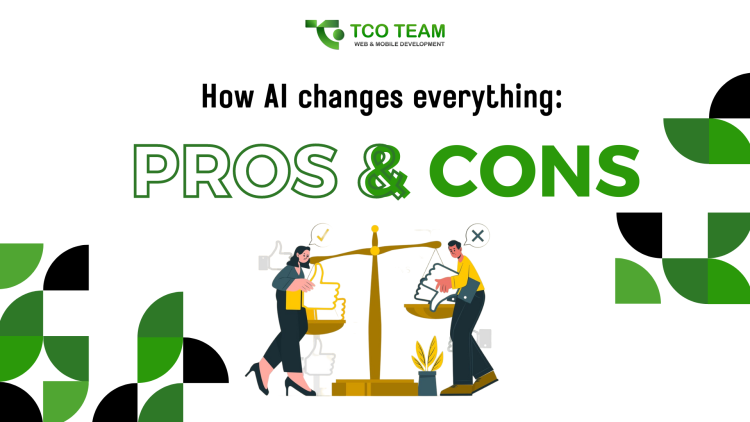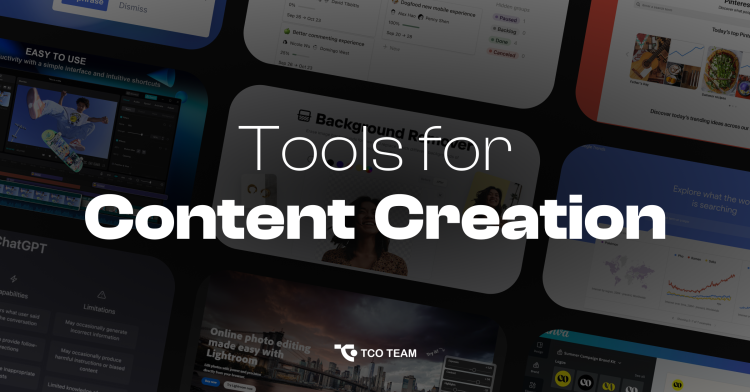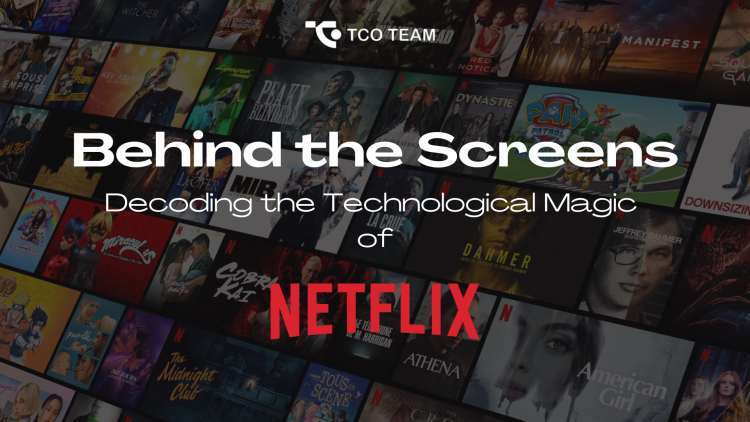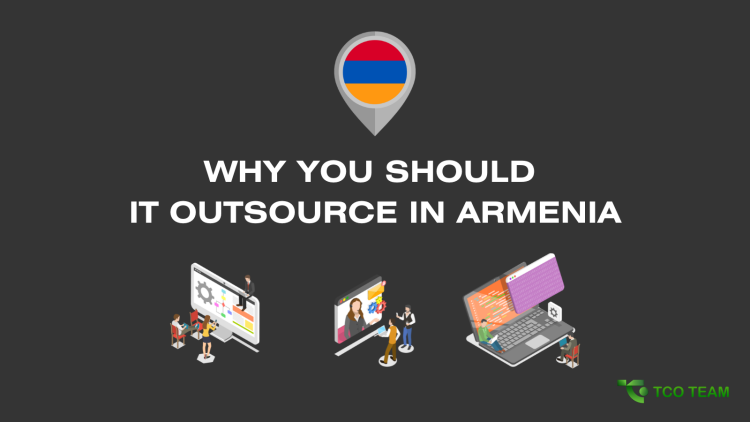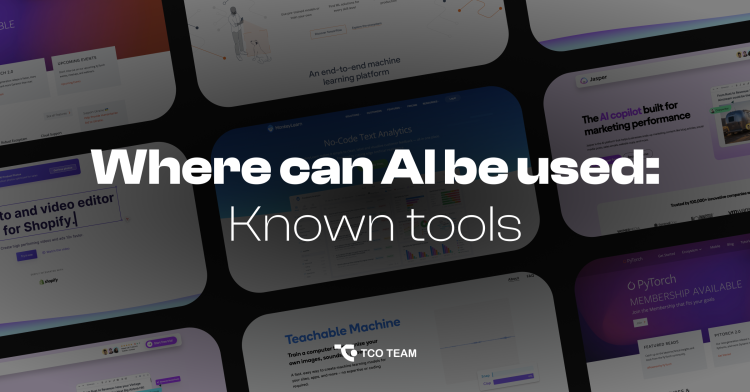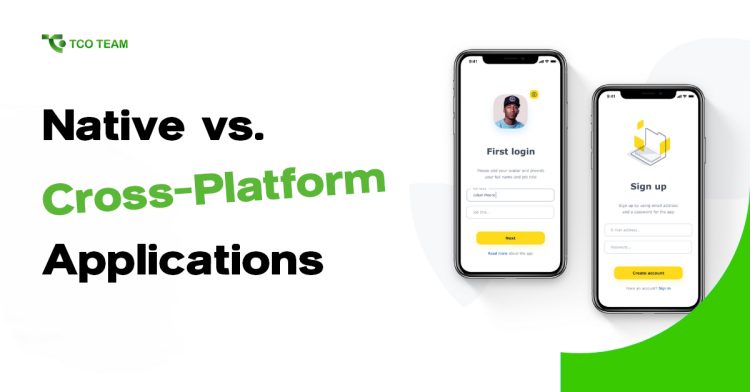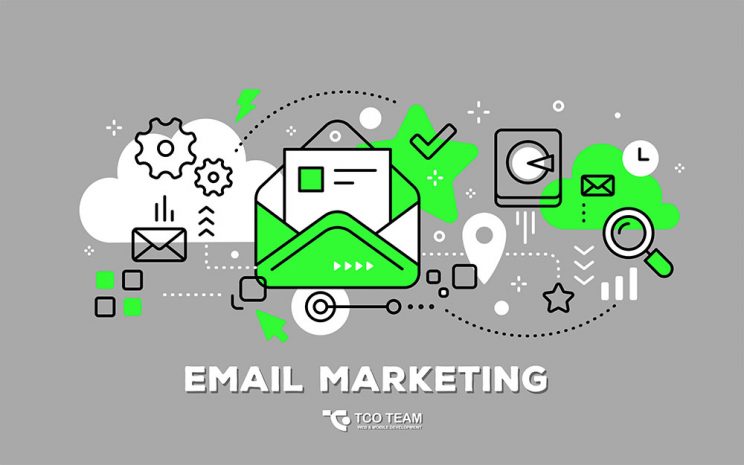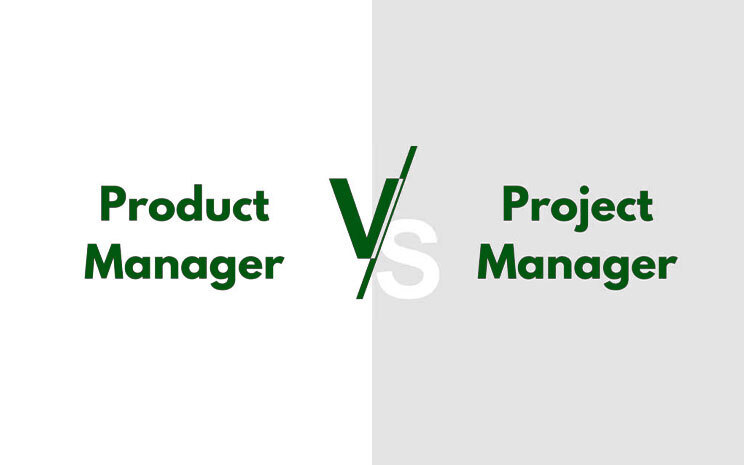In the constantly changing digital world, mobile apps have become integral tools for businesses seeking to establish a robust online presence and engage with their target audience effectively. The advantages of incorporating a mobile app into a business strategy extend beyond technological innovation; they redefine the way businesses connect with customers, streamline operations, and gain a competitive edge.
Continue readingCategory: Technology
Artificial Intelligence (AI) has appeared as a transformative force, leaving an unforgettable mark on the design, content creation, and marketing landscape. In this era of technological innovation, the integration of AI technologies into various creative processes has led to both remarkable advancements and subtle challenges.
Let’s explore the profound impact of AI in design, content creation, and marketing, unraveling the complexities of the pros and cons guiding this technological revolution.
Continue readingTo stay ahead of the curve, leveraging powerful marketing tools can significantly enhance your content creation process. In this blog post, we’ll explore a variety of tools that cater to different aspects of content creation, from ideation to execution.
Continue readingIn the realm of digital entertainment, few platforms have left an indelible mark as profound as Netflix. As we indulge in the seamless streaming of our favorite movies and TV shows, there’s an intricate web of technology working tirelessly behind the scenes.
Continue reading
In today’s globalized world, outsourcing has become a key strategy for businesses looking to streamline operations, reduce costs, and tap into a vast pool of skilled talent. When it comes to IT outsourcing, many companies are increasingly turning their attention to Armenia. This rapidly growing country has emerged as a hidden gem for IT outsourcing. In this blog post, we’ll explore why you should consider outsourcing your IT projects to Armenia.
Artificial Intelligence (AI) has rapidly emerged as a transformative technology that is reshaping various industries and aspects of our daily lives. From improving customer experiences to enhancing productivity and efficiency, AI is finding its way into numerous domains. In this blog post, we will delve into some of the well-known tools and applications of AI that are making a significant impact across different fields.
Let’s explore some well-known AI tools and frameworks and their applications:
Continue readingWhen it comes to software development, choosing the right methodology is crucial for the success of your project. Different methodologies have their own strengths and weaknesses, and selecting the wrong one can lead to delays, cost overruns, and poor quality. In this guide, we’ll provide an overview of the most popular software development methodologies and help you determine which one is right for your project.
Continue readingToday, app development is not a luxury but rather a need.
However, the debate between native and cross-platform mobile app development is ongoing. Read this blog if you’re likewise trying to decide which is better. Here, we’ve attempted to make the differences between the two more understandable.
Continue readingEmail Marketing is the use of email to promote products or services while developing relationships with potential customers or clients. It is essentially direct mail done electronically instead of through the postal service.
Continue readingCurrently talking about the role and responsibilities of the project manager and product manager, there are a lot of misconceptions about their correct perception. It is very important to understand the role and significance of each specialists on the way to product development and success.
Continue reading